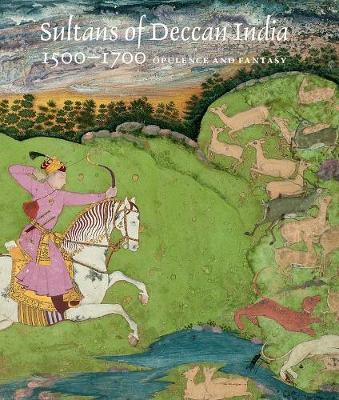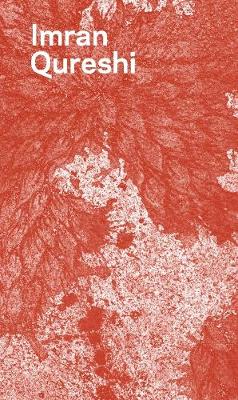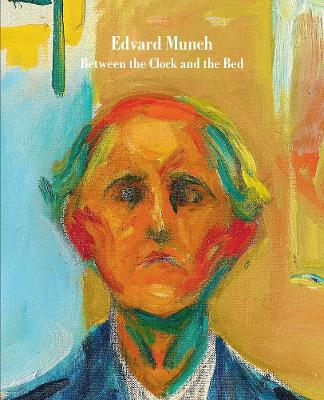Metropolitan Museum of Art
4 total works
Like Life
by Luke Syson, Sheena Wagstaff, Emerson Bowyer, Brinda Kumar, Schwartz Hillel, and Barti Kher
Since the earliest myths of the sculptor Pygmalion bringing a statue to life through desire, artists have explored the boundaries between sculpture and the physical materiality of the body. This groundbreaking volume examines key sculptural works from 13th-century Europe to the global present, revealing new insights into the strategies artists deploy to blur the distinction between art and life. Sculpture, which has historically taken the human figure as its subject, is presented here in myriad manifestations created by artists ranging from Donatello and Degas to Picasso, Kiki Smith, and Jeff Koons. Featuring works created in traditional media such as wood and marble as well as the unexpected such as wax, metal, and blood, Like Life presents sculpture both conventional and shocking, including effigies, dolls, mannequins, automata, waxworks, and anatomical models. Containing texts by art and cultural historians as well as interviews with contemporary artists, this is a provocative exploration of three-dimensional representations of the human body.
Published by The Metropolitan Museum of Art/Distributed by Yale University Press
Exhibition Schedule:
The Met Breuer
(03/21/18–07/22/18)
In the 16th and 17th centuries, the Deccan plateau of south-central India was home to a series of important, highly cultured Muslim kingdoms and was a nexus of international trade. Invigorated by cultural connections to Iran, Turkey, East Africa, and Europe, Deccani art is celebrated for its unmistakable, otherworldly character: in painting, a poetic lyricism; in architecture, a somber grandeur; and in the decorative arts, lively creations in inlaid metalwork and dyed textiles. This beautifully illustrated catalogue, which includes extraordinary new site photographs and lush landscape images, along with discussions of 200 of the finest Deccani works, creates the most comprehensive examination to date of this fascinating and remote world. The text not only discusses paintings, drawings, textiles, arms, manuscripts, and other decorative arts from this rich culture, but also explores the history, architecture, literature, and music of the period. Essays by prominent international authors, supplemented by informative maps, illustrated appendices, and select primary sources, make this pioneering book a key resource on the subject.
Published by The Metropolitan Museum of Art/Distributed by Yale University Press
Exhibition Schedule:
The Metropolitan Museum of Art
(04/14/15–07/26/15)
Imran Qureshi
by Ian Alteveer, Navina Najat Haidar, Imran Qureshi, and Sheena Wagstaff
Published by The Metropolitan Museum of Art/Distributed by Yale University Press
Exhibition Schedule:
The Metropolitan Museum of Art
(05/14/13–11/03/13)
Edvard Munch
by Gary Garrels, Jon-Ove Steihaug, Sheena Wagstaff, Patricia G. Berman, Caitlin Haskell, and Allison Morehead
This engaging book offers a fresh look at the exceptional works of Edvard Munch (1863–1944) by examining them in the light of his precarious mental state. Following a nervous breakdown in 1908, Munch underwent electroshock therapy, which prompted a marked change in his art work. The haunting Self-Portrait between the Clock and the Bed, finished one year before his death, represents a culmination of the themes of mortality, isolation, and anxiety that he explored repeatedly, and provides, in these pages, a perfect lens through which to view the artist’s entire oeuvre. Informative essays consider Munch’s position in the art world, his conception of self as a means of experimentation, and the psychological content of his paintings, while a previously unpublished foreword by the celebrated Norwegian novelist Karl Ove Knausgaard offers a new perspective on Munch's life and work. Featuring over 40 masterworks from throughout the painter’s career, and an illustrated chronology that traces the progression of his emotional state and its influence on the images he created, this is an intimate, provocative study of an enigmatic artist and his remarkable legacy.
Published by The Metropolitan Museum of Art/Distributed by Yale University Press
Exhibition Schedule:
SFMOMA, San Francisco
(06/24/17–10/09/17)
The Met Breuer, New York
(11/14/17–02/04/18)
Munch Museum, Oslo
(05/12/18–09/09/18)



